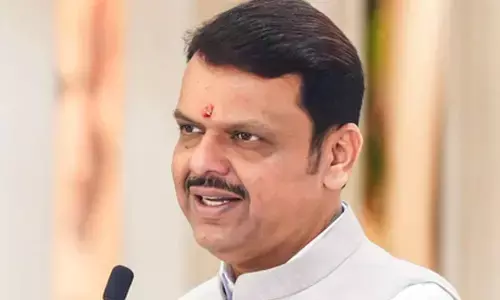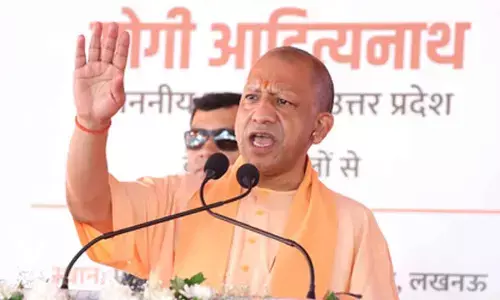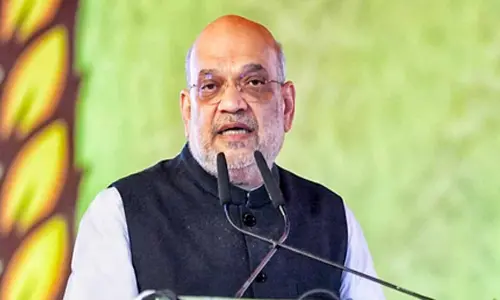Mechanical thrombectomy first line of treatment for elderly stroke patients

Mechanical thrombectomy first line of treatment for elderly stroke patients
The elderly population is more prone to strokes.
The elderly population is more prone to strokes. Approximately three-quarters of all strokes occur in persons aged 65 years and above. This is expected to rise further. Mortality associated with stroke also increases with age, particularly among those above 65 years of age. In the elderly, ischemic stroke accounts for more than 80% of all stroke cases.
Acute ischemic stroke is a condition that occurs when blood flow through a brain artery is blocked by a clot (a mass of thickened blood). In the elderly, acute ischemic stroke is a leading cause of morbidity and mortality. However, Mechanical Thrombectomy (MT) has emerged as the first line of treatment for patients with acute ischemic stroke with large clots. And one of the studies conducted on Mechanical Thrombectomy for Acute Ischemic Stroke revealed that the elderly patients undergoing MT have shown relatively better outcomes.
As stroke has become the second leading cause of death after heart disease, which kills 5.5 million persons globally every year, the ageing population contributes to its increased incidence. However, currently, for the care of acute ischemic stroke in the elderly, Mechanical Thrombectomy has been gradually emerging as the first line of treatment as per one of the studies. It showed gradual improvement in the outcomes in elderly patients undergoing Mechanical Thrombectomy.
Gradually, the development of the latest innovative devices used in performing Mechanical Thrombectomy for patients with acute ischemic stroke has rendered great benefits than the standard medical treatments. The clinical evidence from multiple trials has shown a consistent benefit from Mechanical Thrombectomy in other potential patient populations, and even in those patients above 80 years.
A patient aged around 92 years with facial drooping, loss of speech and weakness in the right side of the body was admitted in the hospital. On examination, we discovered it was a brain stroke. The patient reached the hospital after 3 hours of the onset of these symptoms. The family members wished for faster relief, so after carrying out Mechanical Thrombectomy, he got back to normal. After some time, the patient recovered completely. Now he is completely fit and walks two km daily.
It is also found that the efficacy of Mechanical Thrombectomy in patients with severe strokes is more than among those with less severe deficits. More significantly, when patients are selected based on imaging, both older patients and patients with wake-up stroke (wake-up stroke is the situation where a patient awakens with stroke symptoms that were not present prior to falling asleep) may experience a favourable outcome after Mechanical Thrombectomy.
Mechanical thrombectomy is a safe and cost-effective treatment for the elderly. But, the sooner the treatment is provided, the lesser brain cells are damaged, which will lead to more favourable outcomes from Mechanical Thrombectomy when good blood flow gets restored within 4.5 hours.
As the usefulness of Mechanical Thrombectomy in patients with severe strokes has been gaining ground, beyond its cost-effectiveness considerations, we need to look into the other aspects of it as well. Providing access to Mechanical Thrombectomy to remote patients is the need of the hour considering the increasing rate of stroke in the elderly population. However, the decision to proceed with Mechanical Thrombectomy must be taken by a physician trained in the diagnosis and treatment of stroke, in conjunction with a neuro-interventionist.
(The author is, HoD, Consultant Interventional Neuro-Radiologist, Sparsh Super Speciality Hospital, Yeshwanthapur)














